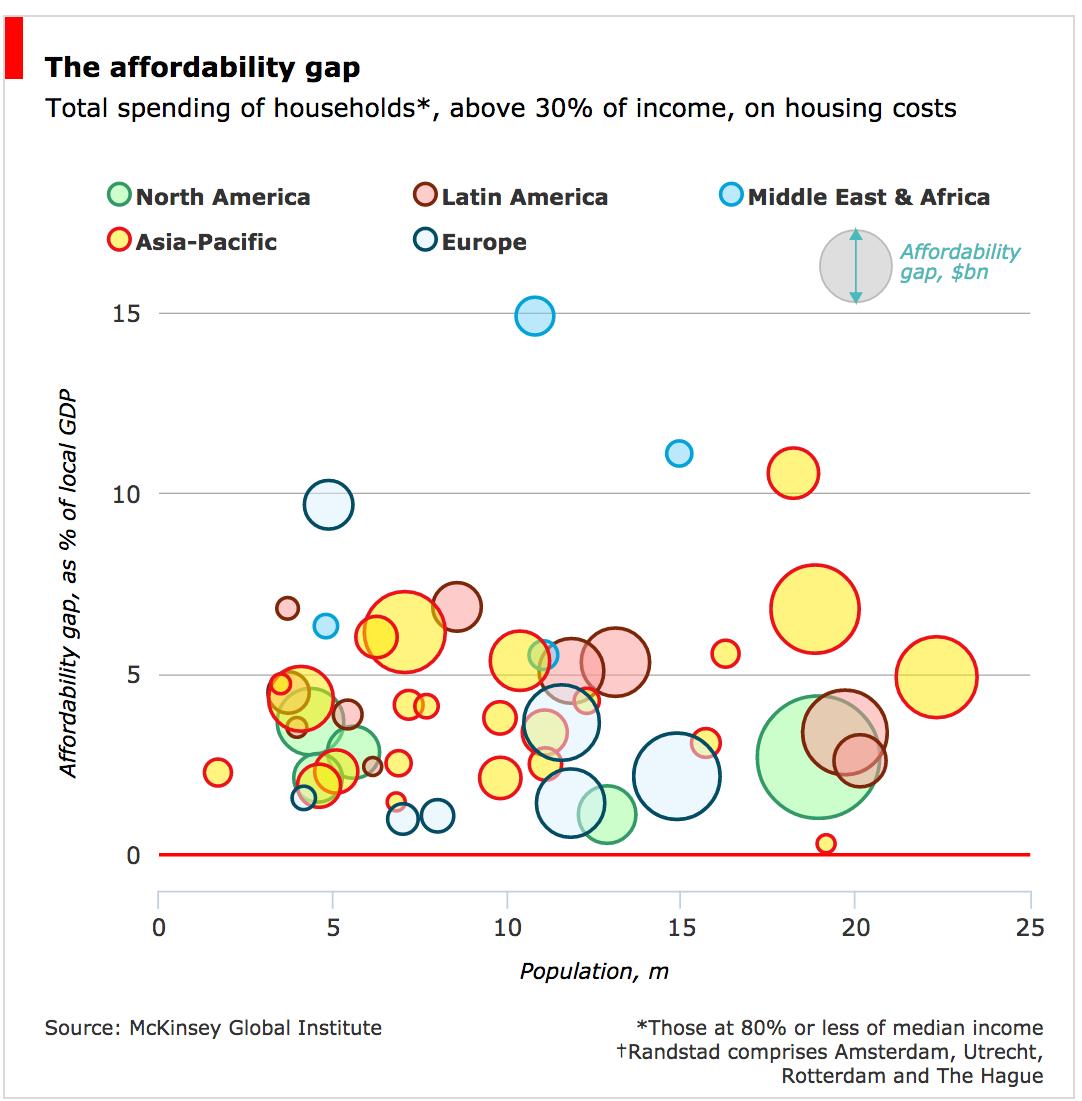Here is a list with our 10 most popular posts written in 2014. I hope you enjoy it again. A great 2015 for all of us!
- The Oligopoly that is Academia
- Listen to Durkheim delivering a talk in 1911
- Making 3D Maps in Excel
- Subway systems of Rio and Shanghai 1993-2013
- Urban Density Patterns in 9 Global Cities
- Real-time map of 202 transit systems worldwide
- Average Commute Time in metropolitan areas across the globe
- Spatial data analysis in R: where to start
- The Age of Peak Academic Performance
- The Evolution of Commute Times in Brazilian Metropolitan Areas (1992-2013)




/cdn0.vox-cdn.com/uploads/chorus_asset/file/2466040/3206.0.jpg)










